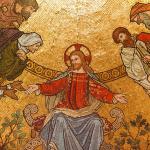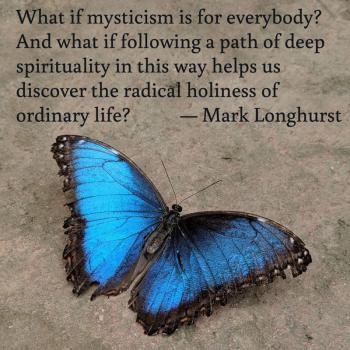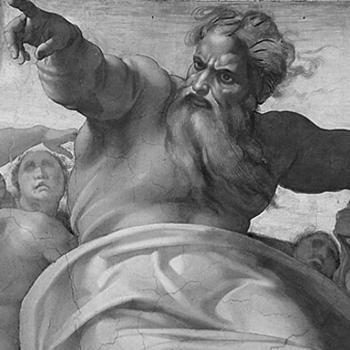N.B. Today’s guest post is by Jon M. Sweeney. Jon is the author of numerous books, including The Pope Who Quit, Beauty Awakening Belief: How the Medieval Worldview Inspires Faith Today, Phyllis Tickle: A Life and The Pope’s Cat among many others. He has edited works by Thomas Merton, Meister Eckhart, and others (Jon also edited my book on C.S. Lewis, The Lion, the Mouse and the Dawn Treader). This blog post is adapted from Jon’s book Thomas Merton: An Introduction to His Life, Teachings and Practices. Jon has contributed to this blog before: click here to see some of his previous posts. In today’s post, he considers some of the irony that surrounds Merton, the most famous of monks.
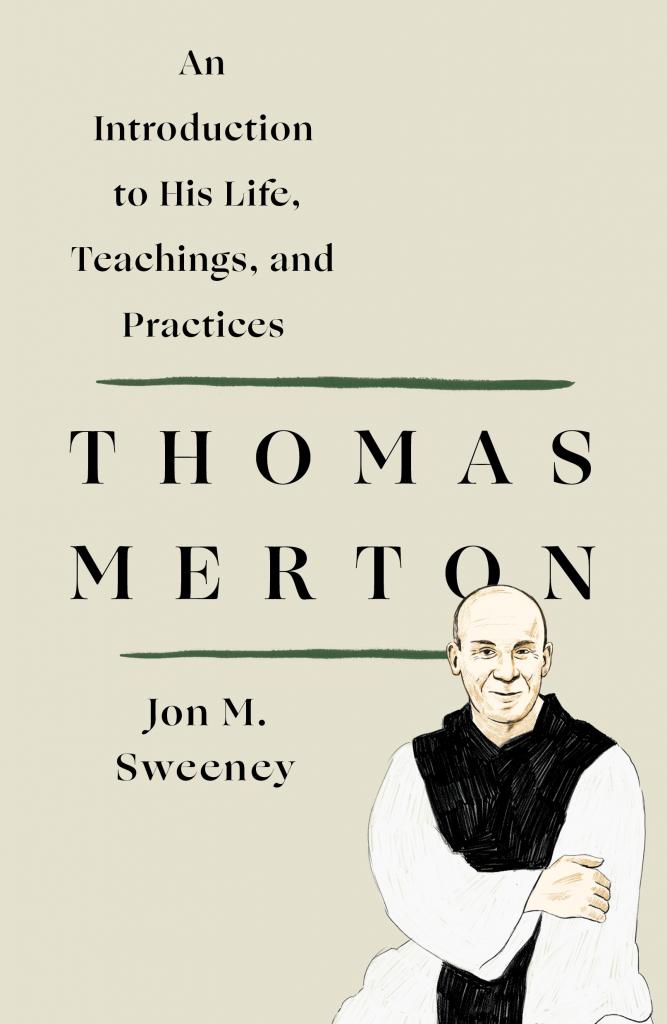
How could the monk who was so often upset about his own lack of quiet and solitude also become the most loquacious of communicators?
In the last decade of his life, Thomas Merton enjoyed correspondence with hundreds of people, including the most renowned literary and religious people of his day—from Russian poet Boris Pasternak to folk singer Joan Baez to Pope John XXIII. When he’d first become a monk, in 1941, Merton thought he was leaving the world behind, quite literally, before his abbot instructed him to sit at a typewriter in an office, during work hours, and tell his life story. Then, look what happened.
There’s a letter, for instance, that he wrote to one of his publishers in February 1948, several months before The Seven Storey Mountain would be published and make him famous, and in it he begins with a confession: “The devil is trying to mess up all that I do by getting me to do too much and involve me in such a network of projects that I will be neither able to work or pray.” He goes on to detail his writing projects one by one. Fr. Abbot is annoyed that one of the monk’s books of poems is out of stock. The monk needs a Spanish text of St. John of the Cross to work more on a project that’s been previously discussed. The monk needs to write more poems. Meanwhile, another book—which he calls his “book of pensées”—is coming along nicely. (This would become Seeds of Contemplation.) And the autobiography (Seven Storey) is much too long, needs trimming. No wonder he had trouble balancing things and finding time to pray!
Soon, Merton was beginning to back out of community life, seeking to explore a hermit’s vocation, which was then mostly unknown among the Trappists. For years, he asked his abbot for more access to time alone before being granted what he desired. He knew that in many respects he’d created his own problem; the success of his writings had brought many people to the monastery looking for what this “Thomas Merton” had discovered. He wanted to live apart from community life. For at least a decade before his death, in 1968, Fr. Louis was instructing young monks as their novice master, guiding them into a monastic life—that he was himself, in some ways, seeking to escape.
The impulse is common among creatives. For example, the famous French writer Romain Rolland, after being awarded a Nobel Prize in Literature and protesting the First World War so vigorously that he became an outcast in French society, left for rural Switzerland. He said he was exchanging the “perpetual anxiety” of Paris for a life of silence.
The mistake that many people make is to say: “Merton . . . was a famous writer who, late in life, had wearied of his fame and who, after a lifetime of giving his words to others, needed to place himself before the Unsayable.” I don’t think that’s it. He was more like the artist who hurts himself and while hurting himself creates great art. Think of Van Gogh cutting off his ear. Think of Kurt Cobain dying by suicide. Think of Dylan Thomas and Jack Kerouac drinking themselves to death, or Sylvia Plath sticking her head in the oven. From his difficult childhood onward, Merton had used his art to seek understanding of himself, knowing full well his flaws, offering those flaws onto the pages of what he created. That didn’t change late in his life. Perhaps, rather, he came to see the flaws themselves as a natural part of a flawed self, seeking salvation. The flaws wouldn’t necessarily go away. He began to see to the other side of them.
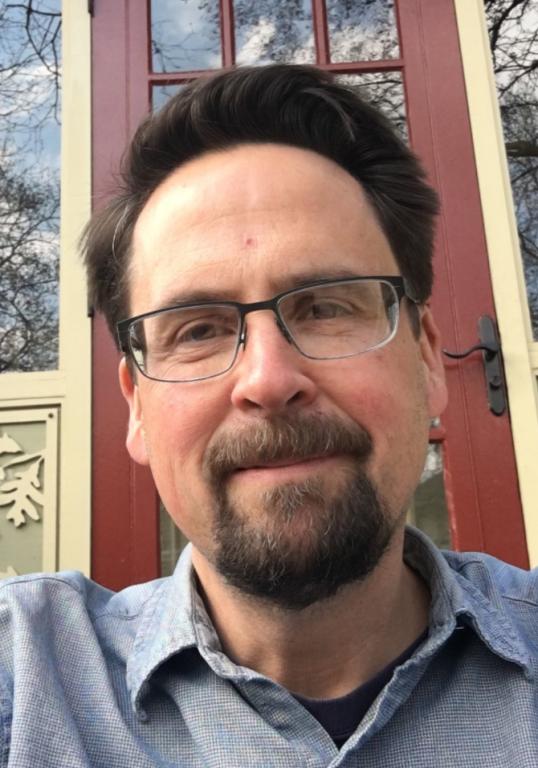
He saw giving up his public life as a step of finality that he was willing to take. For instance, after an afternoon meditating in the woods in the spring before he died, he wrote in his private journal: “I really enjoyed being in the wild, silent spot. . . . And really I am ready to let the writing go to the dogs if necessary, and to prefer this: which is what I really want and what I am here for.”
But then of course a guest from Boston arrives, as planned, that evening. We who love Merton and learn from him must accept how he often contradicts himself.
This realization can be frustrating at times, and helpful in others. He sometimes comes across almost fickle. Truth is, he was constantly “working out” his understanding on paper; he left it for us to see, and we go looking for it. (My fickleness and other weaknesses are much more private.) Thus, we have him writing about being “in the wild, silent spot” and saying that this is who he truly is, all while guests are due to arrive, with whom he’ll chat the night away, discussing things of the world. Similarly, he struggled for years with thoughts of leaving, or finding a situation that was better.
We have to reconcile this with what he writes near the end of chapter 35 of that classic, New Seeds of Contemplation:
Fickleness and indecision are signs of self-love. If you can never make up your mind what God wills for you, but are always veering from one opinion to another, from one practice to another, from one method to another, it may be an indication that you are trying to get around God’s will and do your own with a quiet conscience. As soon as God gets you in one monastery you want to be in another. (page 260)
He’s writing at times to himself.
An analogy may be helpful: My wife and I like to take long bike rides. The purpose of a good bike ride is, for her, mostly about the exercise. She’s an athlete and I’m not. The exercise of a ride is, for me, only one part. So, when we plan a ride, I prefer that we also be headed somewhere: a park, a tavern, downtown, a friend’s house. Simply hauling down a bike path, turning around, and coming back, doesn’t really interest me. For me, the journey (or the ride) is not enough by itself, whereas it is enough for my wife as good exercise. I want to feel, also, as if I’m going somewhere. I think that Merton wished he could feel about the spiritual life the way my wife feels about bike rides— with a sort of purity of intention—but he couldn’t really do that. For whatever reason, he found that that wasn’t in him. In the end, he wanted to be going somewhere.
Most importantly, we should all be so self-aware, as Merton was, and so willing to reconsider who we are as we are on a journey of lifelong conversion.
Notes:
Merton’s letter from February 1948 is found in Thomas Merton and James Laughlin: Selected Letters, ed. David D. Cooper (New York: W. W. Norton, 1997), 30.
Rolland’s Letter to Rabindranath Tagore is found in Bridging East and West: Rabindranath Tagore and Romain Rolland Correspondence (1919–1940), Chinmoy Guha, ed. and trans. (New Delhi: Oxford University Press, 2018), 12.
The “famous writer” quote comes from Fred Bahnson, “On the Road with Thomas Merton,” Emergence Magazine, 2019, 105.
Check out Jon Sweeney’s previous post on this blog about Thomas Merton:
“He Confuses a Lot of People” — Jon M. Sweeney on Writing About Thomas Merton
Enjoy reading this blog?
Click here to become a patron.



